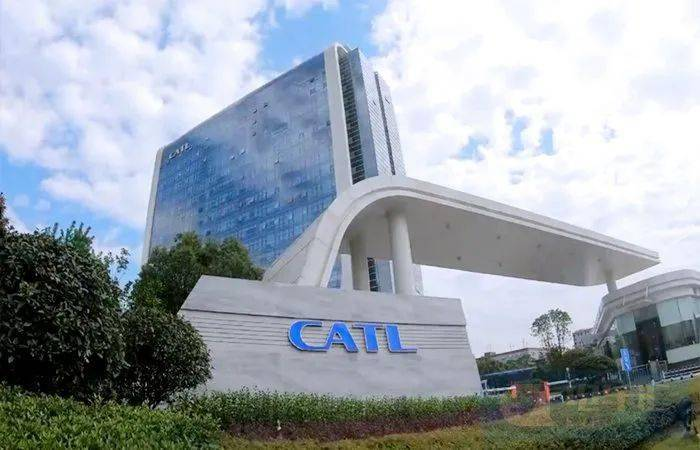*This article is reproduced from the autocarweekly WeChat Official Account.
Author: Financial Street Lao Li
Wang Xing once said that Zeng Yuqun from CATL is an entrepreneur who will be comparable to Ren Zhengfei in the future.
This evaluation is not baseless. Wang Xing’s general idea is that both Zeng and Ren are entrepreneurs who plan the ecological situation based on technology and strategy. Ren’s strategic height is industry-recognized, and Zeng’s strategic height is gradually being realized.
On June 19th, the state media reported the issue of the first batch of retired power batteries in China. By the end of 2020, the total amount of retired power batteries in China accumulated to approximately 200,000 tons. How to handle these power batteries has caused high attention in the industry. CATL has considered battery recycling as early as five years ago, and invested in a batch of recycling and utilization enterprises such as Brunp. They have built a closed-loop ecosystem for power batteries, and in terms of the new four modernizations of the entire industrial chain, CATL is the company that has done the best job in the ecosystem among others.
Today, Lao Li will talk to you about what a closed-loop ecosystem is for batteries, how CATL has created this ecosystem, and what is the significance of Zeng Yuqun’s one-minded creation of a closed-loop ecosystem for batteries?
What is a closed-loop ecosystem for batteries?
The closed-loop ecosystem solves the problem of a full life-cycle for an industry or a product.
When cars enter scrap yards, usable parts are disassembled for reuse or remanufacture, and the unusable parts are recycled into industrial raw materials. Everything has its origin. The closed-loop ecosystem of the power battery is similar to that of a car. From the perspective of the applied field of recycled batteries, the recycling and utilization of power batteries (lithium batteries) mainly has two aspects:
- Implement graded utilization for power batteries that meet the degree of energy attenuation.
Automakers generally claim that when the capacity of the power battery drops below 80%, they will replace it with a new battery for the user. Although the removed old battery cannot be used on the car, it can be applied in other fields with lower performance requirements, such as quadricycles and backup power supplies. In these scenarios, power batteries with 80% capacity can play the “remaining energy” capability. Currently, many backup power supplies for the signal towers of China’s three major operators commonly use graded utilization batteries.
- Perform regeneration utilization for batteries that cannot be used through graded utilization.
Regeneration utilization, as the name suggests, means that the battery has entered a scrap stage. Enterprises recycle materials such as nickel, cobalt, manganese, and lithium from the scrap battery through a series of methods, repair the regenerated battery materials, and then improve the recycling value. The original battery material flows back to new batteries, and the closed-loop ecosystem of the battery is complete.
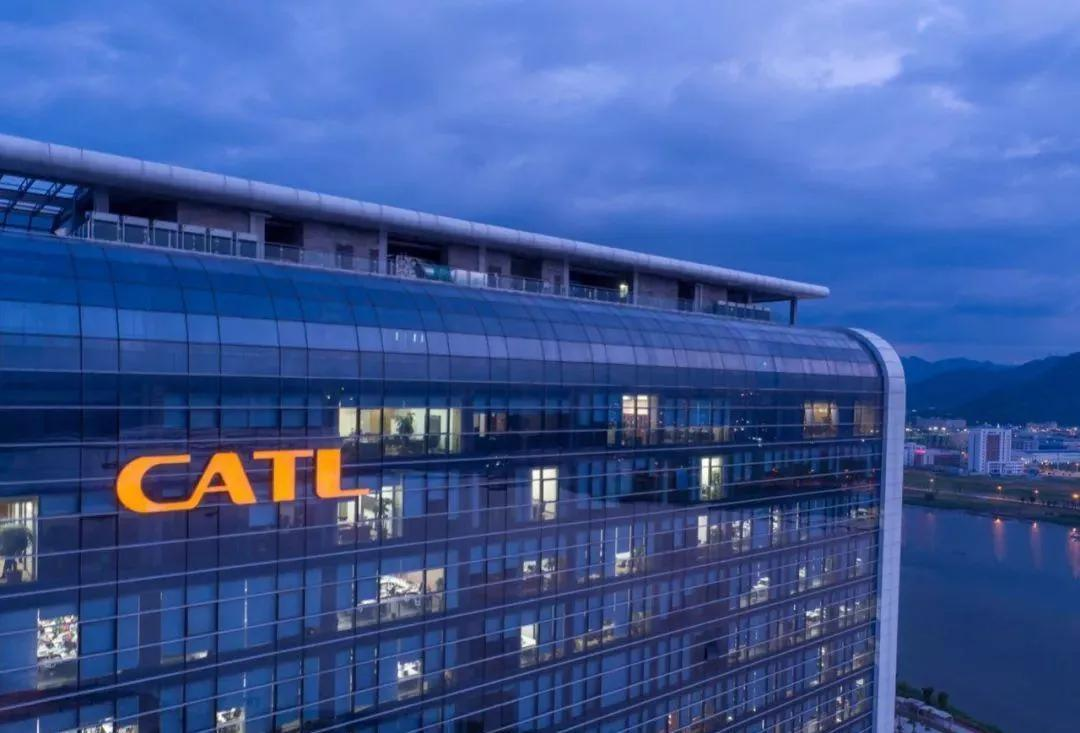 The closed-loop industrial chain of power batteries seems promising, but there are many problems in practice. Regarding the closed-loop ecosystem of power batteries, there are different opinions. Most people are pessimistic, seeing more problems than solutions. However, a minority is optimistic and sees more solutions than problems. Li, a partner of NIO, once said that Zeng Yuqun, the strategic optimist, believes that NIO will overcome all obstacles with its own technology and influence.
The closed-loop industrial chain of power batteries seems promising, but there are many problems in practice. Regarding the closed-loop ecosystem of power batteries, there are different opinions. Most people are pessimistic, seeing more problems than solutions. However, a minority is optimistic and sees more solutions than problems. Li, a partner of NIO, once said that Zeng Yuqun, the strategic optimist, believes that NIO will overcome all obstacles with its own technology and influence.
First, the rules and channels for battery recycling are confusing.
The recycling channels are currently the main obstacle. Although the responsible party is the vehicle manufacturer, in reality, the battery company, vehicle manufacturer, and consumers have not reached a consensus on the main body of battery recycling. The battery company believes that if the battery is sold to the vehicle manufacturer, the recycling cost should be borne by the vehicle manufacturer. The vehicle manufacturer believes that the cost of the battery should be shared by the vehicle manufacturer and consumers after several years of use. Consumers believe that if their own battery is recycled, the vehicle and battery companies should provide some subsidies.
The industry has been arguing about this and the vehicle manufacturers are unwilling to enter the game or give up their benefits. NIO has stepped in with its own technological strength and influence amidst a wave of skepticism.
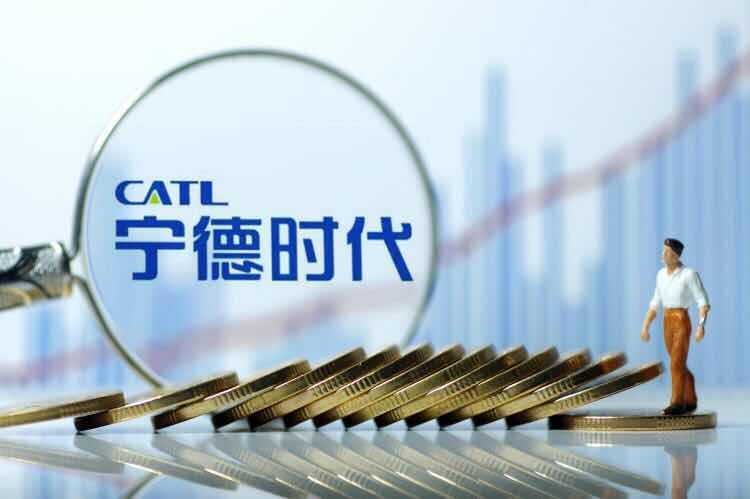
Second, the recycling process is costly and difficult to achieve a virtuous cycle.
The cost of recycling and reusing power batteries is very high, and environmental protection requirements have added many processes. In terms of hierarchical utilization, dismantling, sorting, and integration account for 70% to 80% of the total cost, which is not profitable. The industry has been arguing whether hierarchical utilization is a false proposition. Li and the research team have also done calculations. In most scenarios where the cost of new batteries decreases, hierarchical utilization batteries do not have a price advantage.
In terms of recycling, the cost of testing, dismantling, re-combination, maintenance, and other processes for discarded batteries is higher than purchasing new batteries, and the investment exceeds the value of the battery, lacking a profit point.
When everyone thought that there was no money to be made, NIO came in and achieved profit growth based on its technology and scale advantages. Actually, for NIO, not losing money in this field is a big win.
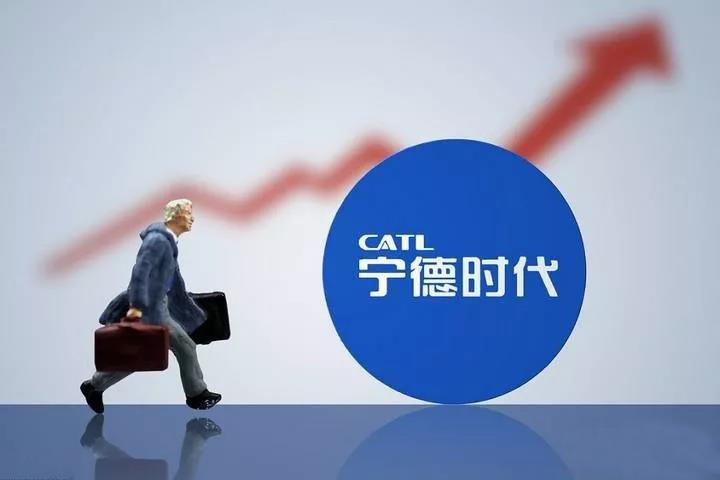
Third, the enterprise management system is imperfect, the industry is mixed, and there is a lack of restraint mechanisms.
Although the Ministry of Industry and Information Technology has issued a white list for power battery recycling, it does not have the power of law enforcement. There are still many irregular circulation channels in the industry. Some intermediaries get the source of power batteries through various gray methods and carry out commercial applications by avoiding environmental protection requirements, selling them to the market at low prices. This means that the more formal recycling companies cannot get the source and cannot make money.After Ningde Era entered the market, it is striving to change everything.
Why does Ningde Era want to do battery recycling when new batteries are selling so well?
It is certain that both now and in the coming years, this is the best time for Ningde Era to sell new batteries. However, Ningde Era has been putting great effort into developing the power battery recycling industry five years ago. This is a major ecological strategy.
Ningde Era’s development of recycling and utilization is to enter this blue ocean market. After all, by 2025, the cumulative retirement of power batteries is expected to reach about 800,000 tons. Currently, there is no scientific pricing model between automakers, battery recycling companies, and battery manufacturers in the battery recycling ecology. Whoever can establish the industry rules will be able to seize the market opportunity.
From the perspective of the layout of the power battery recycling industry chain, third-party recycling and utilization companies still dominate in this area, represented by companies such as Brunp, Green Eco, Bangpu, and Hoplion. These enterprises have been deeply cultivating in the recycling and regeneration of lithium batteries for many years, and have advantages in professional recycling technology, equipment, methods, qualifications, and recycling channels.
As mentioned by Mr. Li earlier, despite the state issuing a series of policies to promote the standardized and orderly development of the industry and guide the formation of industrial business models, due to the existence of many problems, the fate of these enterprises is still under the control of automakers, battery companies, and material companies. Whoever embraces the main tree in the industry will enjoy the shade, such as Bangpu and Ningde Era, Green Eco and BYD, and Hoplion and BAIC New Energy.
Ningde Era did not initially lay out the power battery recycling field during its early development. It was said that Yuqun waited for three years to wait for the opportunity to enter the field. In that year, Ningde Era invested in Bangpu and officially entered the field of power battery recycling and utilization. Ningde Era focused on Bangpu and formed alliances within the industry during the five-year period, not only helping Bangpu to increase its market share, but also achieving profitability.
However, many researchers believe that there is not much story to tell about recycling and utilization in the capital market. In listed companies, both Green Eco in the power battery industry and iRecycle, which landed in the United States outside the industry, only use the term “general” to describe their financial reports. This single point of recycling and utilization does not seem imaginative, but it links the two different ecosystems of upstream and downstream. This is the strategic goal of Ningde Era’s layout in power battery recycling and utilization:
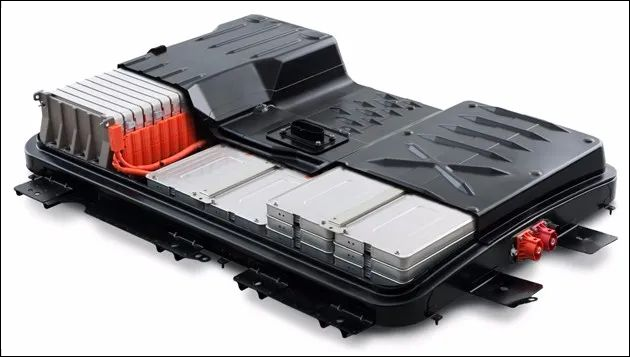
1. Reduce the risk of the power battery raw material supply chain.The supply of nickel and cobalt resources is crucial to the competition of battery cathode materials, which are the basis for developing power batteries. In China, there is not much reserve of raw materials for power batteries, with cobalt and nickel reserves accounting for only 1% and 3.6% of the global total, respectively, resulting in the mismatch between resource reserves and demand. At present, upstream resources of cobalt mines around the world are mainly monopolized and controlled by enterprises such as Luoyang Molybdenum and Eurasian Resources, which not only poses a threat to national security for Ningde Times but also subject them to the monopoly of suppliers. Therefore, reducing the risk of raw material supply is the primary challenge facing Ningde Times.
2. Reduce the cost of raw materials for power batteries.
In recent years, Ningde Times has been facing the problem of downstream power battery pack prices falling while upstream raw materials prices continue to rise. Among the many raw materials used in battery production, cathode material costs account for the highest proportion of the total battery cost, especially for ternary lithium batteries, where the proportion of cathode material cost exceeds 30%, and the price of cobalt has been fluctuating the most, continuing to rise along with the prices of other non-ferrous metals under the circumstance of increasing global demand for batteries.
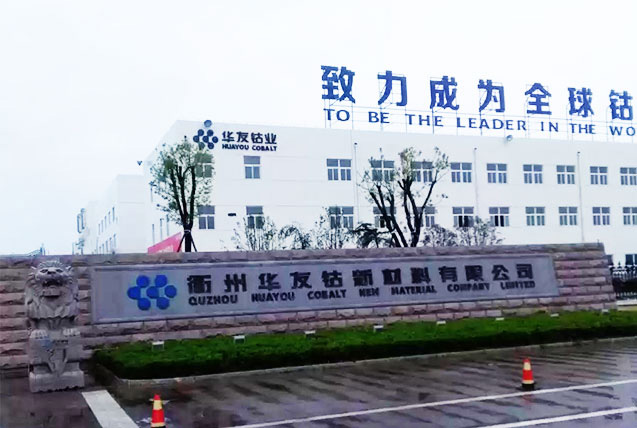
Ningde Times’ recycling plan solves these two major problems perfectly.
Let’s take the most common 523 ternary (with the ratio of nickel, cobalt, and manganese in the cathode material being 5:2:3) in the industry as an example. Each ton of 523 ternary cathode material contains 96 kg of nickel, 48 kg of cobalt, 32 kg of manganese, and 19 kg of lithium. Currently, the average recovery rates for nickel, cobalt, and aluminum in the market are over 95%, and that of lithium is around 70%. If the technology becomes mature, the industry gross profit margin can be around 50%. By 2023, it will reach 60%.
This algorithm is basically transparent in the industry. Other power battery companies can also see this strategy. However, the project needs both technological and business support, which is Ningde Times’ moat: with the same technology, Ningde Times can reduce the cost through scale effect; with the same scale, Ningde Times can rely on a perfect industrial chain layout, create a material system, and improve product gross profit and profitability. To sum it up, with the same investment, Ningde Times can achieve greater commercial output than its competitors, which is Ningde Times’ true barrier.
Is this a small step in Zeng Yuqun’s technological investment layout, but a giant leap for the industry?
Wang Xing’s words are not groundless. In the first decade at Ningde Times, Zeng Yuqun built Ningde Times’ empire and ecosystem in the energy field with the same style as Ren Zhengfei, who spent thirty years building Huawei’s empire and ecosystem in the ICT field. Battery recycling is one of the most critical links in this ecosystem.Over the past two years, CATL has been pursuing two main lines of development. One is the development of its battery business, which, in the words of Zeng Yuqun, involves “three substitutions” and the development of a diversified portfolio of related businesses to reduce operational risks. This was mentioned in the article “Will CATL Still Have Room to Grow?” by Li Yan in the trillion-yuan CATL era.
The second main line of CATL’s business is industrial investment. Any large enterprise must develop its presence in this area, as was the case with companies like Tencent and Xiaomi years ago and NIO Inc. today. For these companies and others to advance their globalization strategy, they need to strengthen their cooperation and coordination within the industry chain to ensure their supply of critical resources. This will be done through improving resource utilization efficiency, boosting market competitiveness, and making strategic acquisitions and investments.
A relatively small part of CATL’s investment and acquisitions is in the area of power battery recycling.
Since 2017, CATL has invested in more than 40 enterprises, averaging over 10 enterprises per year. In 2020 alone, it invested in over 10 enterprises, covering such fields as upstream raw materials, semiconductor chips, shared mobility, autonomous driving, and even insurance and finance.
In the field of lithium-ion battery equipment, CATL has invested in companies like Lead Intelligent. In the area of upstream materials, it has supported companies such as DSM Inc. (listed on the stock exchange). As a result, CATL-related concept stocks have emerged. In an interesting move, CATL also invested in Horizon Robotics, an autonomous driving chip company, earlier this year.
Li Yan and many researchers have discussed CATL’s industrial investments, and they believe that CATL’s investment strategy is very professional. The reason is simple; the company is result-oriented, and industry chain layout is one of the reference paths for enterprises to become larger and stronger. Most large companies pursue scale blindly, ignoring industry risks. As a result, the scale efficiency ultimately becomes a trap and hinders enterprise efficiency, leading to weakness despite their size. Some domestic automotive companies’ investment and acquisition strategies are in this style.
In the field of power batteries, CATL’s small investment has had a big impact on the industry. This is the power of being a leader.Investment in Bangpu is a small step for CATL, but for the recycling industry, CATL’s involvement means it has found a development benchmark for the industry. Relying on technology and economies of scale, the comprehensive enterprise capabilities enable CATL to empower the power battery recycling industry in multiple dimensions such as management, technology, and channels, and realize positive development of the industry through collaborative integration effects.
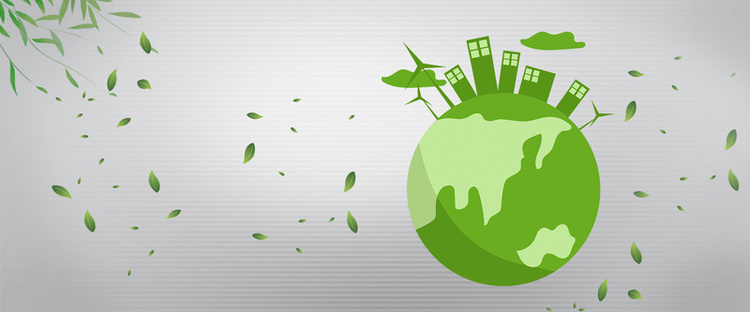
Five years ago, when the industry was still debating who should be responsible for power battery recycling and who should allocate the recycling income, CATL ignored external voices and entered the market, expanding the scale of Bangpu from small to large, moving its finances from loss to profit, and guiding the industry from confusion to the right path.
Now, the Ministry of Industry and Information Technology has stipulated that new energy vehicle companies should take on the main responsibility for power battery recycling. The automakers who once debated with CATL and wanted to maintain a distant relationship with CATL have to embrace CATL, hoping that CATL can provide full-cycle services for batteries and battery recycling.
CATL will not manufacture cars. If there is an enterprise that is not a competitor of automakers and can help automakers make profits, why not cooperate with it?
This article is a translation by ChatGPT of a Chinese report from 42HOW. If you have any questions about it, please email bd@42how.com.
